Still Falling
If the trend is any indication, we would expect further reductions for 1Q, although Samsung’s typical flagship (non-foldable) release schedule will help a bit. While we might have seen the effects of inflation on CE product demand at its worst in 4Q, we expect demand to show only modest signs of recovery on a y/y basis given the demand strength seen in 1Q ’22, and while we still expect those comparisons to be negative in 2Q, 3Q should begin to see such comparisons remain flat or turn positive. Unfortunately much of that scenario is based on how poorly the CE space did in 2H ’22, so there are still questions as to what might help push demand in the back half of this year and those are far from being answered. As Chinese New Year comes relatively early this year (1/22), results from the holiday will give some help in understanding whether or by how much of a recovery will be seen in China, which will go a long way toward building a more realistic model for the 2023 year.


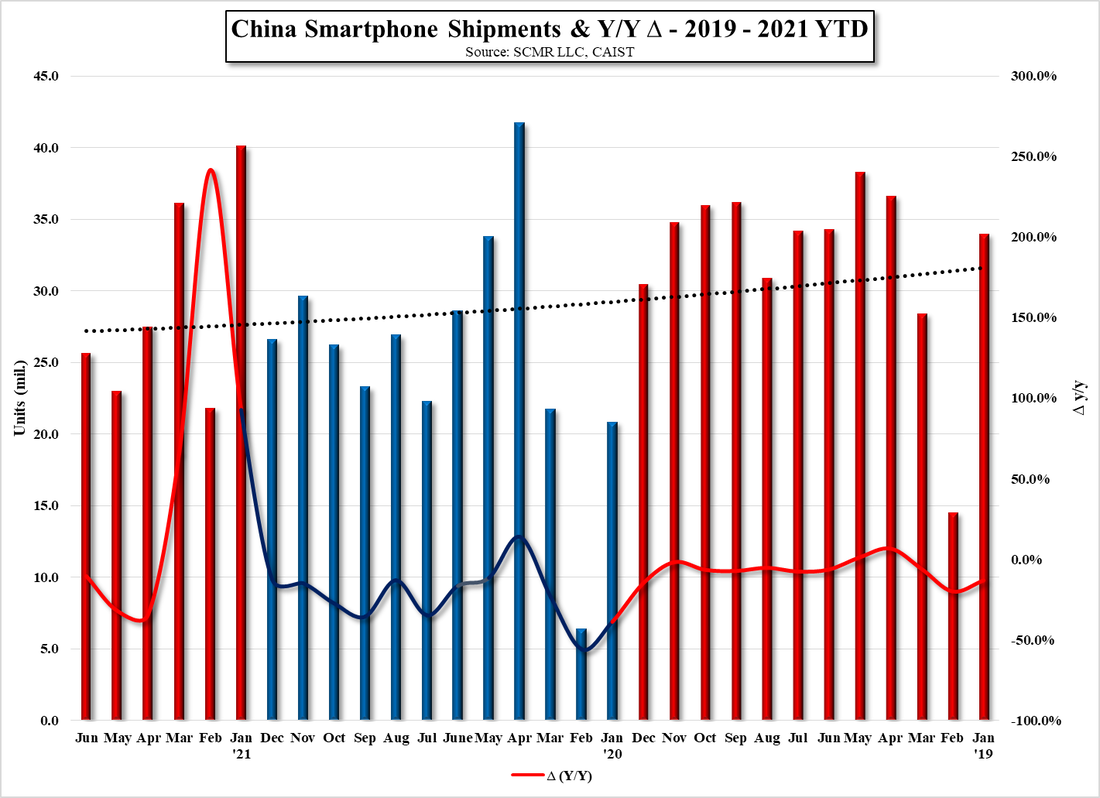
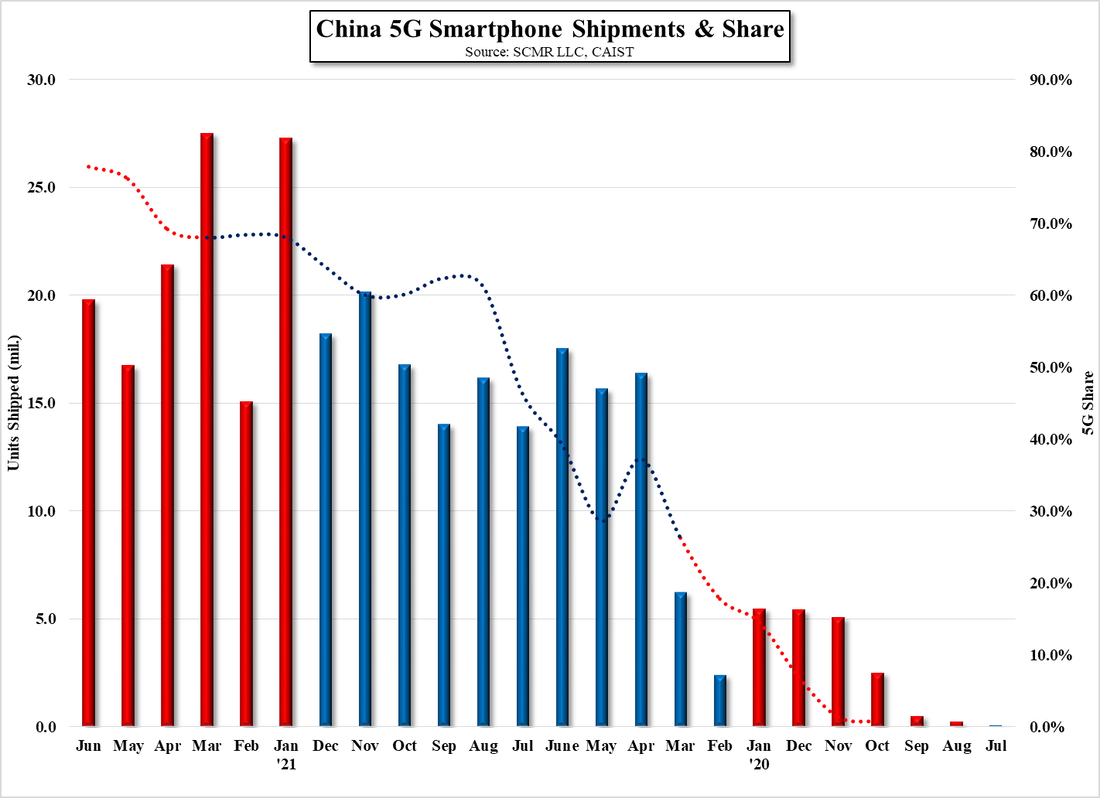

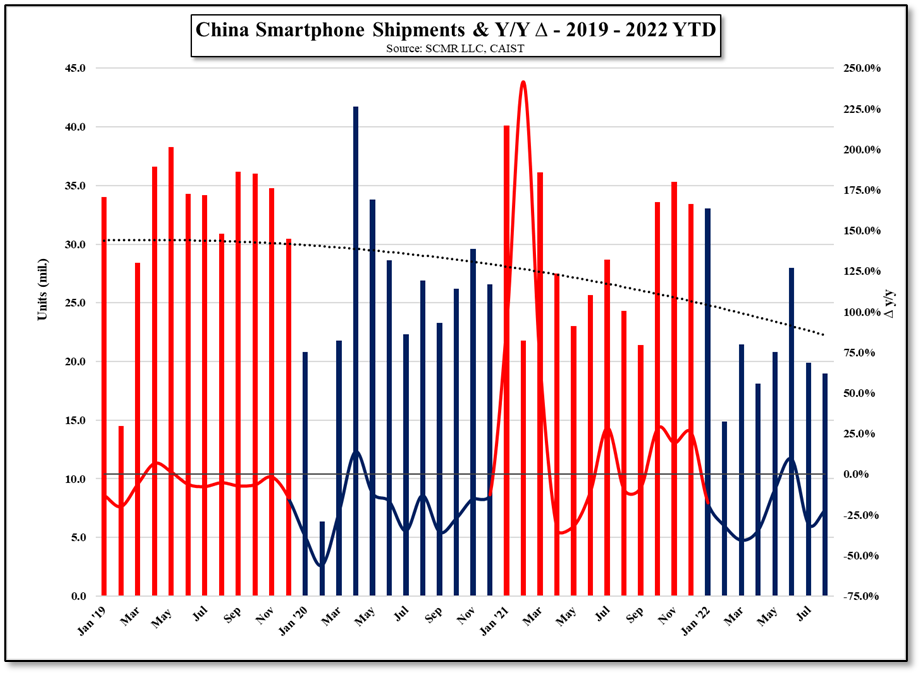
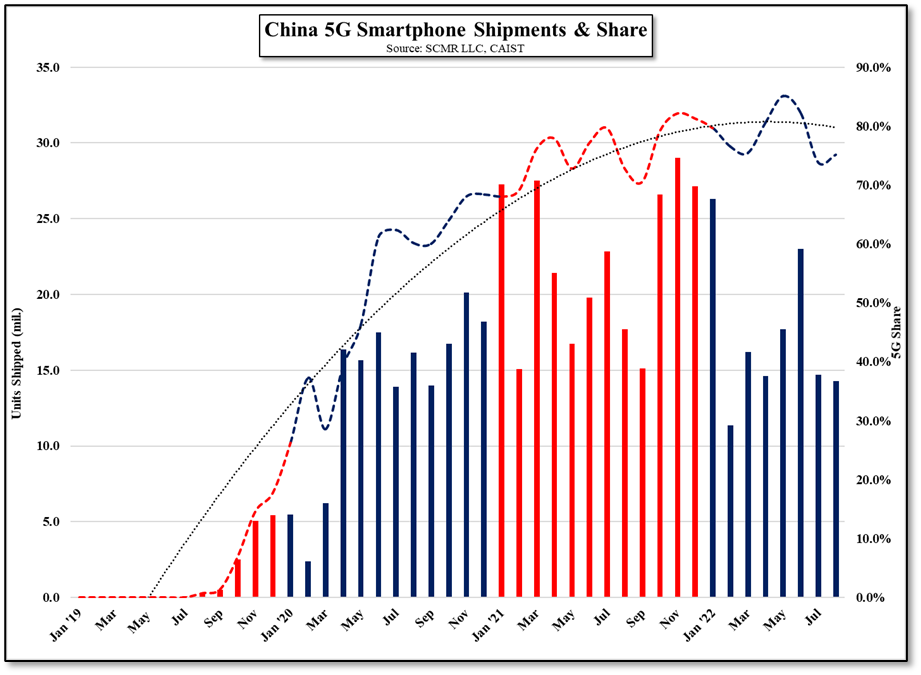
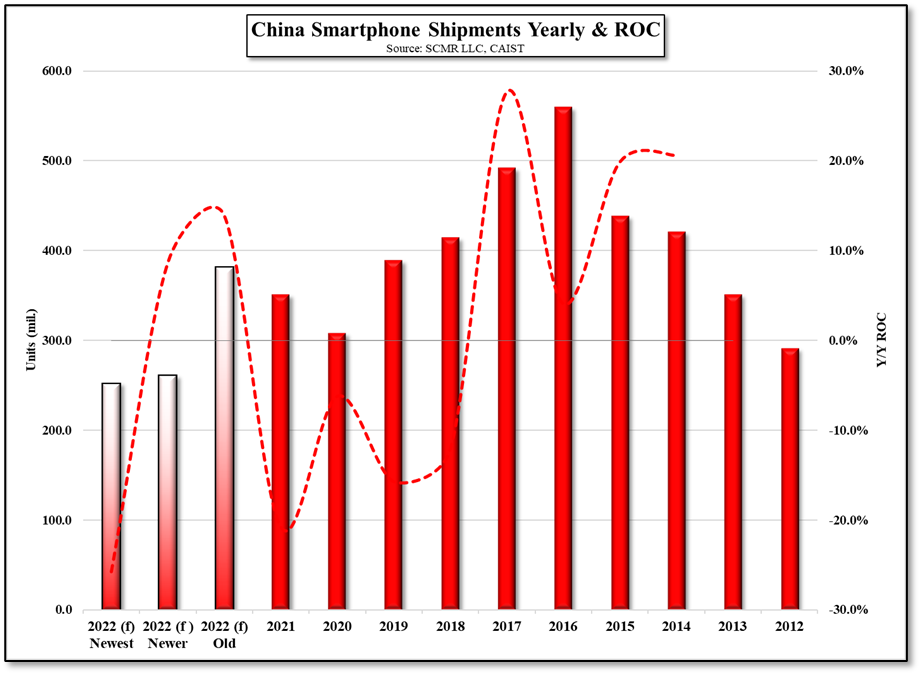
 RSS Feed
RSS Feed